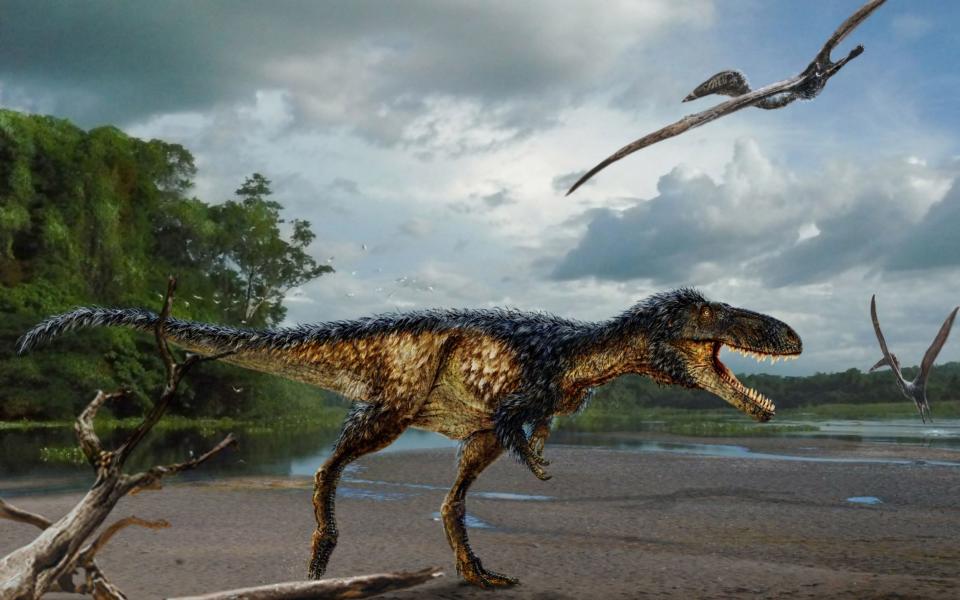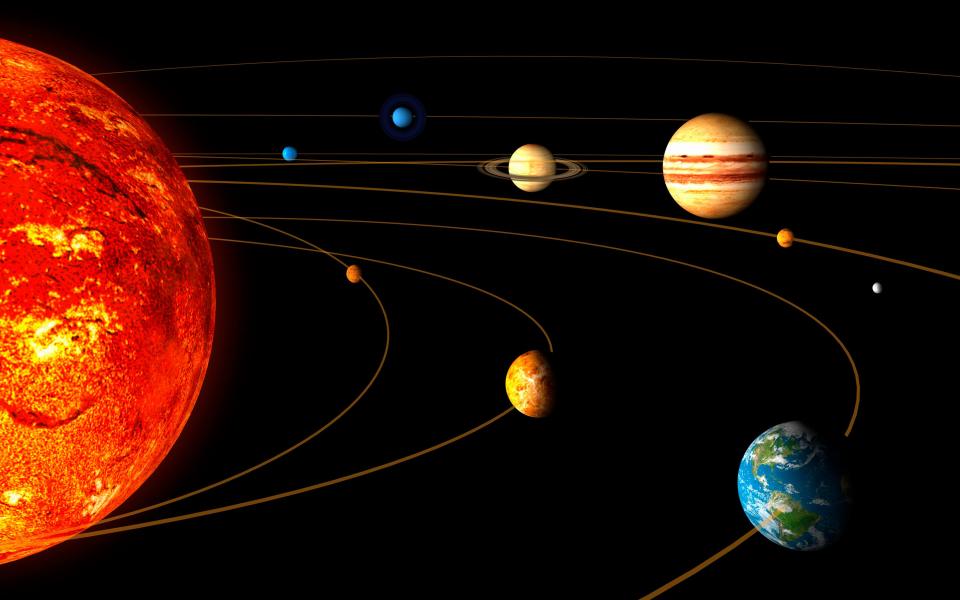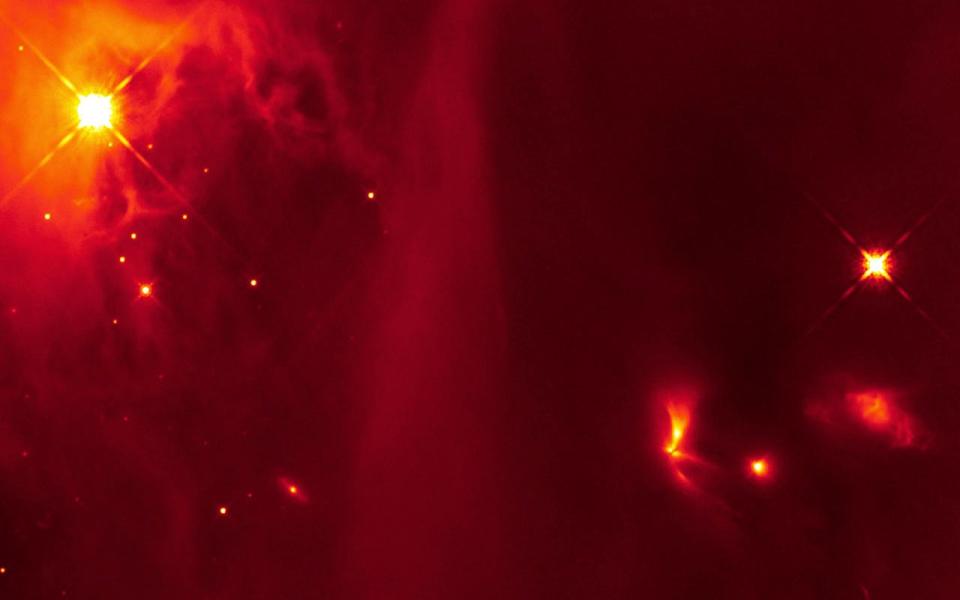Solar System once had ‘evil twin’ sun which may have wiped out dinosaurs

The Solar System once had two suns, scientists believe, and one of them may have wiped out the dinosaurs.
A theoretical physicist at the University of California and an astronomer from Harvard University have discovered that most stars are born with a ‘brother’ and our own Sun is likely to be no exception.
In fact, this ‘evil twin’ which has been dubbed Nemesis, may have been responsible for kicking an asteroid into Earth’s orbit which led to the extinction of the dinosaurs.
In the 1980s, two paleontologists from the University of Chicago suggested that the regular rate of mass extinctions on Earth - every 26 million years - was caused by a mysterious extraterrestrial source. But, despite years of searching, nobody could ever find it.

Now the new study suggests that the Sun did have a companion star billions of years ago, but it probably escaped our Solar System and is now lost in the Milky Way.
“We are saying, yes, there probably was a Nemesis, a long time ago,” said study author Professor Steven Stahler, a UC Berkeley research astronomer.
“We now believe that most stars, which are quite similar to our own Sun, form as binaries. I think we have the strongest evidence to date for such an assertion.
“Astronomers looked hard for it, back in the 1980s, but it was never found, and the search was abandoned.
“It was supposed to send comets crashing into the Earth, thus explaining mass extinctions, like those of the dinosaurs. It would now be thousands of light years distant, and impossible to find.”
The ‘second Sun’ would have been 17 times further away from the Sun than Neptune, and would have appeared as a bright dot in the night sky.

It was suggested that while still part of the Solar System it made a pass closer to the Sun ever 26 million years, triggering enhanced comet activity, and lashing Earth with a hail of meteorites which brought death and destruction to the planet.
Scientists believe Nemesis must have existed after studying a giant cloud of recently formed stars in the constellation Perseus.
Last year, astronomers completed a survey of the stellar nursery, which is about 600 light-years from Earth using the Very Large Array, in New Mexico and the James Clerk Maxwell Telescope in Hawaii.
They found 55 baby stars in 24 multiple-star systems, and all but five of them had companion stars. There were also 45 single young stars which had probably lost their sibling.
The team concluded that the only way to explain the observations is to assume that all stars like the Sun start off with a twin, and some 60 percent split up over time. The rest shrink to form tight binary systems.

Based on their model, the Sun’s sibling most likely escaped billions of years ago, mixing with all the other stars in our region of the Milky Way galaxy, and impossible to locate.
“The idea that many stars form with a companion has been suggested before, but the question is: how many?” said first author Sarah Sadavoy, a NASA Hubble fellow at the Smithsonian Astrophysical Observatory.
“Based on our simple model, we say that nearly all stars form with a companion.”
Prof Stahler added: “Perhaps Sun II has a small planet whose inhabitants are also wondering about their own origins.”
The research was published in Monthly Notices of the Royal Astronomical Society.

 Yahoo News
Yahoo News 